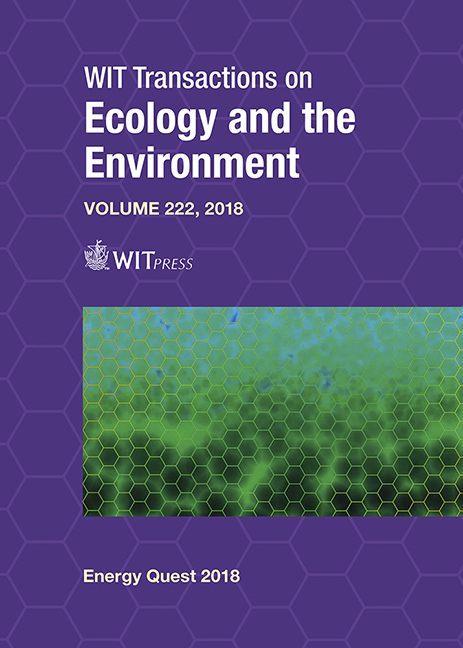EVALUATION OF CRUDE OILS AND NATURAL GASES OF KURDISTAN-IRAQ BY CATALYTIC IMPROVEMENTS TO LIGHTER OILS USING LOCAL CLAYS
Price
Free (open access)
Transaction
Volume
222
Pages
11
Page Range
81 - 91
Published
2019
Paper DOI
10.2495/EQ180081
Copyright
WIT Press
Author(s)
SALAHALDIN NAMAN, LAZGIN A. JAMIL, FIRAS AL-GULAMI, SHERWAN SIMO, MAHER K. ALI
Abstract
The chemical and physical properties of three different crude oils and two natural gas wells in Kurdistan-Iraq have been studied according to American Standard Test Method (ASTM) methods. Auto-distillations have been used to determine the changes in each cut, and gas–liquid chromatography has been used to find the approximate chemical constituents. A distribution diagram of paraffin, naphthenic, and aromatic hydrocarbons has been created. The gasoline cuts for each crude oil have been examined to find suitable octane additives (oxygenated or metal organic). The octane number increases as a function of the amount of additives, which has been plotted. A correlation between the trace metals and the types of hydrocarbons has been carried out for each crude oil. The improvement of these crude oils is achieved catalytically by reactions at high temperatures using different local clays, which gave us increases in lighter molecules by 7% (max). Chemical reactions are suggested for this improvement. X-ray analysis is also performed for each clay. Research is carried out on one gas–liquid well (Khor Mor) and another pure natural gas well. Gas chromatography analysis for Khor Mor shows 51% C1–C5 and 49% C6–C11, while other natural gas wells contain 98% methane. The natural gas of the Kirkuk wells contained approximately 10–12% hydrogen sulfide, which we separated using ethanolamines, and converted to hydrogen fuel and sulfur at two pilot plants using a new catalyst instead of the previous Clause process, producing about 143 tons of hydrogen per day.
Keywords
crude oil, natural gas, evaluation, hydrogen sulfide, Kurdistan





